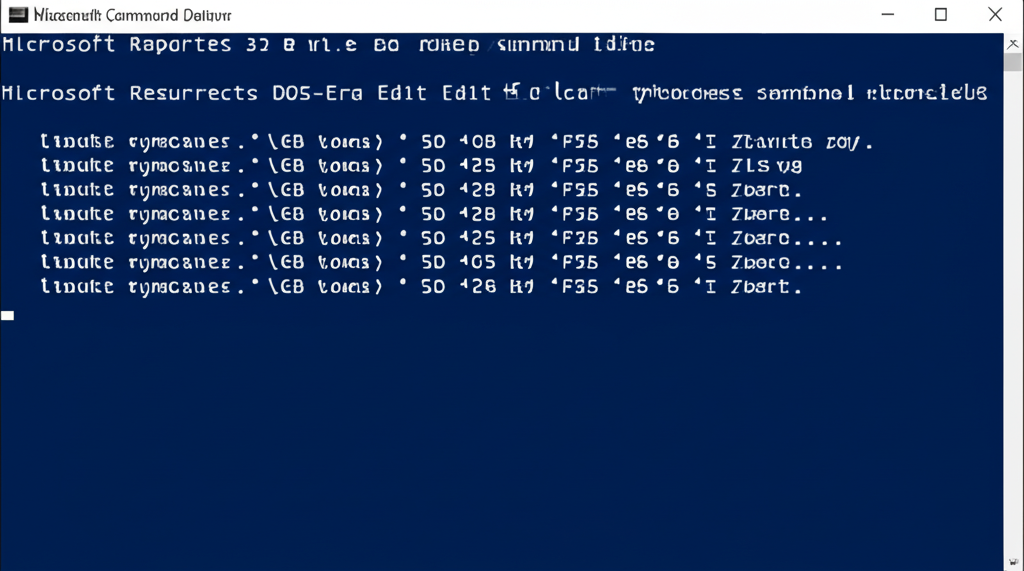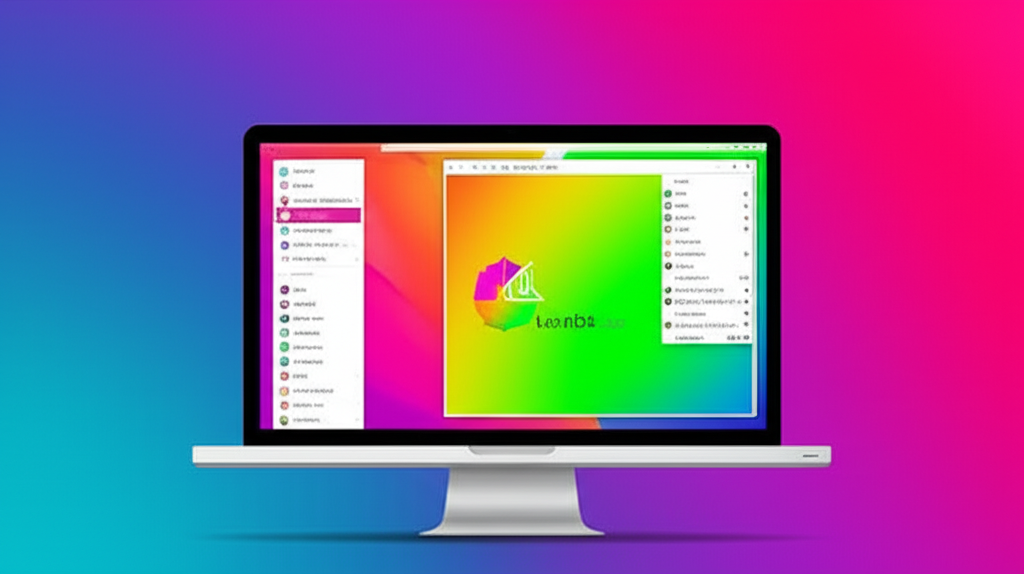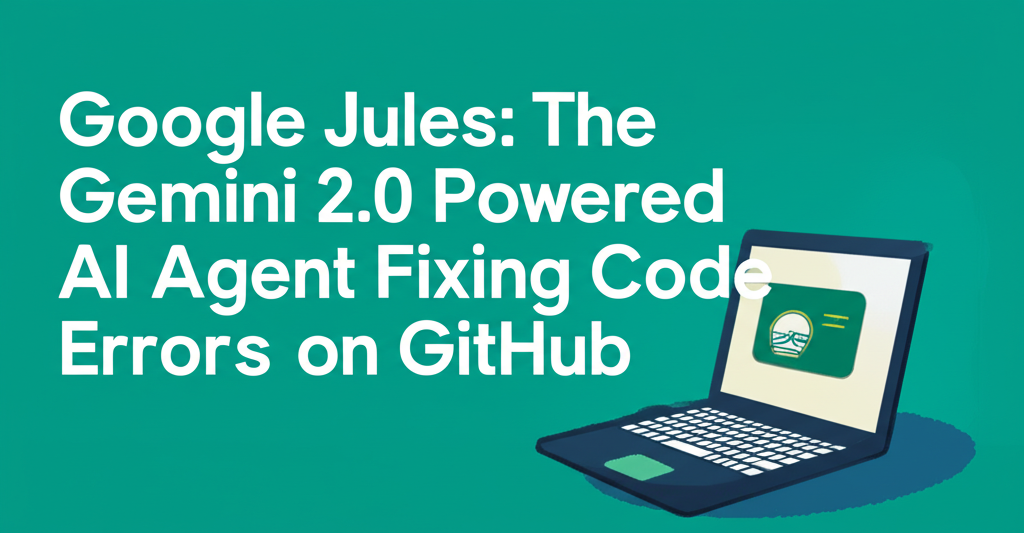Microsoft's NLWeb: Forging the Agentic Web by Turning Websites into AI Applications
The digital landscape is rapidly evolving, moving beyond static pages and simple interactive forms towards a future where artificial intelligence agents can understand, navigate, and perform complex tasks across the web on behalf of users. At the forefront of this transformation is the concept of the 'agentic web,' a vision where websites are not just sources of information but programmable interfaces for intelligent agents. Microsoft, a major player in the AI revolution, recently unveiled a significant step towards realizing this vision with the introduction of NLWeb, the Natural Language Web protocol.
Announced at its annual Build developer conference, NLWeb is an ambitious open project designed to empower enterprises to transform their traditional websites into sophisticated AI-based applications. The core idea is to allow websites to expose their underlying data and functionality in a way that AI models and agents can easily understand and interact with using natural language. This moves beyond simple chatbots, aiming for a deeper integration where agents can perform actions, retrieve specific information, and complete multi-step tasks by interacting directly with the website's capabilities.

The strategic implications of NLWeb are profound. Industry analysts are quick to point out that this open protocol could be a calculated move by Microsoft to stake an early and dominant claim in the emerging agentic web space. Rivals like Google and Amazon are also heavily invested in AI and agent technology, and establishing a foundational protocol could give Microsoft a significant first-mover advantage. By standardizing how websites interact with AI agents, Microsoft could position itself as a central hub for agentic computing, influencing how agents operate, monetize, and govern interactions across the web. This aligns with Microsoft's broader long-term vision for agent-based computing, which extends across its product ecosystem, including Microsoft 365 and Windows.
The Agentic Web: A Paradigm Shift
To fully appreciate the significance of NLWeb, it's essential to understand the concept of the agentic web. Currently, most of our interaction with the web is through browsers, where we navigate, read, watch, and manually input information into forms or interfaces. While APIs exist for programmatic access, they require specific development effort for each integration.
The agentic web envisions a future where AI agents, powered by large language models (LLMs) and other AI techniques, can act autonomously or semi-autonomously on our behalf. Imagine an agent that can:
- Book a complex multi-city travel itinerary across different airline and hotel websites.
- Research and synthesize information from multiple sources to answer a nuanced question.
- Manage online subscriptions and services.
- Purchase products based on specific criteria across various e-commerce platforms.
- Interact with enterprise applications to retrieve data or initiate workflows.
For agents to perform these tasks effectively, they need a standardized way to understand what a website offers and how to interact with it. This is where protocols like NLWeb become crucial. They provide the necessary structure and language for websites to communicate their capabilities to AI agents, moving beyond simply presenting information to enabling action.
Dion Hinchcliffe, lead of the CIO practice at The Futurum Group, emphasizes this strategic angle: "NLWeb is not just a technical protocol, it’s potentially a strategic moat, as it will allow Microsoft to turn the entire web into a programmable interface for AI agents." He adds, "If Microsoft can standardize how the web interacts with agents, it gets a first-mover advantage in owning the interface layer for agentic computing. That’s not just good for Bing and Azure: It positions Microsoft as the hub through which AI agents operate, monetize, and govern web interactions."
NLWeb's Technical Foundation: Building on Web Standards
One of the most interesting aspects of NLWeb is its foundation in existing, well-established web standards. The protocol was conceived and developed by RV Guha, a technical fellow at Microsoft and a key figure behind influential web technologies such as RSS, RDF, and Schema.org. This lineage suggests a deep understanding of how to build open, interoperable systems for the web.
According to Microsoft, NLWeb leverages frameworks like RSS, RDF, and Schema.org, combining them with a website's specific data and the power of LLMs to create an AI assistant or agent interface for that site. Let's break down these foundational standards:
- RSS (Really Simple Syndication): Primarily used for web feeds, RSS allows websites to publish structured data updates (like blog posts or news articles) in a standardized format. While often associated with content syndication, its core principle of providing structured, machine-readable information about website changes is relevant for agents needing to stay updated.
- RDF (Resource Description Framework): A standard model for data interchange on the web. RDF provides a framework for expressing metadata about resources. It uses a subject-predicate-object structure to make statements, allowing for the creation of rich, interconnected data graphs. This is crucial for agents to understand the relationships between different pieces of information on a site.
- Schema.org: A collaborative project that creates, maintains, and promotes schemas for structured data markup on the Internet. By adding Schema.org markup to web pages, site owners can describe their content (e.g., products, events, people, places) in a way that search engines and other machines can understand. This makes information more discoverable and enables richer search results (like rich snippets). For AI agents, Schema.org provides a vital layer of semantic understanding, allowing them to identify and interpret specific types of content and data points on a page.
By building upon these standards, NLWeb aims to provide a familiar yet powerful way for websites to structure and expose their data and functionality. Instead of requiring entirely new infrastructure, it seeks to augment existing web assets with the necessary metadata and interfaces for agent interaction. The LLM acts as the bridge, interpreting natural language queries from the user or agent and translating them into actions or data requests that the website, structured via NLWeb, can fulfill.
Interoperability and the Model Context Protocol (MCP)
A key element of Microsoft's vision for the agentic web is interoperability. For agents to seamlessly navigate and interact across different websites and services, they need common protocols and shared understanding. NLWeb addresses this by supporting Anthropic-developed Model Context Protocol (MCP).
MCP is designed to help AI models and agents maintain context and interact more effectively with external systems and data. By integrating MCP support, NLWeb allows assistants created on the protocol to act as MCP servers. This means websites leveraging NLWeb can make their content and capabilities discoverable and accessible not just to Microsoft's own agents (like Copilot) but potentially to any agent or participant within the broader MCP ecosystem.
Hinchcliffe views NLWeb's support for MCP as crucial for realizing the full potential of the agentic web. He suggests that together, NLWeb and MCP could form the basis of what he calls Microsoft's "agentic OS" – an operating system for agents that spans across different environments like the browser, desktop, and cloud. NLWeb provides the "affordance layer," a standardized way for websites to declare their capabilities in natural language, while MCP enables agents to leverage this information with persistent memory, contextual understanding, and the ability to execute actions.
This focus on interoperability is vital for the widespread adoption of the agentic web. If every platform or company developed its own proprietary agent interaction methods, the web would become fragmented, limiting the ability of agents to operate across different services. By embracing open standards and protocols like NLWeb and MCP, Microsoft is advocating for a more connected and functional agent ecosystem.
How NLWeb Works: A Deeper Dive
At a technical level, NLWeb facilitates the creation of an AI assistant layer on top of a website. This layer uses the website's data, structured using standards like Schema.org, RSS, and RDF, and connects to an LLM and a vector database. Here's a simplified flow:
- Data Preparation: Website content and data are structured using established web standards (Schema.org, RSS, RDF). This structured data is then processed and stored in a vector database. Vector databases are optimized for storing and querying high-dimensional vectors, which are numerical representations of data (like text embeddings) that capture semantic meaning.
- User Query: A user or an AI agent submits a query in natural language (e.g., "What are the specifications of the latest laptop model?" or "Book me a meeting room for 3 PM tomorrow").
- Query Processing: The NLWeb service receives the query. It uses an LLM to understand the user's intent and extract relevant information. It then queries the vector database containing the website's structured data to find the most relevant pieces of information or potential actions.
- Response Generation/Action Execution: The LLM synthesizes the retrieved information from the vector database and the website's declared capabilities (via the NLWeb protocol) to generate a natural language response or identify the appropriate action to take on the website. If an action is required (like booking a room), the NLWeb service interacts with the website's underlying systems (potentially via existing APIs or defined interaction patterns) to execute it.
- Delivery: The response or confirmation of the action is delivered back to the user or agent.
The open nature of NLWeb means it is designed to be flexible and compatible with a wide range of technologies. Microsoft has stated that NLWeb supports most models, most vector databases, and major cloud platforms, including Google Cloud and AWS. This broad compatibility is crucial for encouraging adoption across the industry. Initial testing has confirmed compatibility with platforms like Windows, MacOS, Linux, vector databases such as Qdrant, Snowflake, Milvus, and Azure AI Search, and LLMs including Deepseek, Gemini, and Anthropic's Claude.
Benefits for Developers and Enterprises
NLWeb offers tangible benefits for both the developers building these AI interfaces and the enterprises deploying them.
For developers, NLWeb provides a streamlined way to expose website functionality to AI agents. Instead of building complex, brittle integrations that rely on screen scraping or reverse-engineering website structures, developers can use a standardized protocol. Hinchcliffe highlights that NLWeb allows developers to describe interactions in natural language, reducing the need to write extensive integration code. Furthermore, the protocol offers mechanisms for developers to implement guardrails, giving them more control over how agents interact with their sites and preventing unintended actions or data access.
For enterprises, the primary benefit is increased discoverability and utility of their online assets. By implementing NLWeb, a company's website becomes more than just a passive information source; it becomes an active participant in the agentic web. This means their content, products, and services can be more easily discovered and acted upon by various AI agents and copilots used by customers and partners. This could lead to improved customer experiences, more efficient business processes, and new avenues for interaction and commerce.
Consider an e-commerce site. With NLWeb, an agent could not only find a specific product based on a complex natural language description but also compare prices, check stock, add it to a cart, and initiate the checkout process across different sites that support the protocol. For a support website, an agent could navigate documentation, find specific troubleshooting steps, and even initiate a support ticket, all through natural language interaction.
Getting Started with NLWeb
Microsoft has made the NLWeb protocol available via a GitHub repository. This open approach encourages community contribution and adoption. The repository contains the core service code, connectors for popular LLMs and vector databases, tools to help add data in formats like Schema.org JSON-LD and RSS to a vector database, a web server front end for the service, and a basic UI for testing natural language queries.
The availability of these resources allows developers to experiment with the protocol, build their own NLWeb services for existing websites, and contribute to the standard's evolution. Microsoft emphasizes that NLWeb is designed to be lightweight and scalable, capable of running on various infrastructures, from cloud clusters to laptops and eventually smartphones. This flexibility suggests that the agentic web, powered by protocols like NLWeb, could become ubiquitous, integrating AI agent capabilities into a wide range of devices and applications.
The Competitive Landscape and the Future
Microsoft's move with NLWeb is undoubtedly a strategic play in the heated competition among tech giants in the AI era. Google has its own initiatives in AI agents and integrating AI into search and other services. Amazon is heavily invested in AI through AWS and its consumer devices like Alexa, which already act as basic agents for certain tasks. The race is on to define the standards and platforms that will underpin the next generation of web interaction.
By releasing NLWeb as an open protocol and building on existing web standards, Microsoft is attempting to foster a broad ecosystem rather than locking developers into a proprietary platform. This open strategy could accelerate adoption and position NLWeb as a foundational layer for the agentic web, much like HTML became the standard for the document web.
However, the success of NLWeb will depend on several factors:
- Developer Adoption: Will developers and enterprises invest the effort to implement NLWeb on their websites? The ease of implementation and the perceived benefits will be key.
- Agent Compatibility: Will agents developed by different companies (including Microsoft's rivals) choose to support and interact with the NLWeb protocol? The support for MCP is a positive sign for interoperability.
- Standard Evolution: As the agentic web evolves, will NLWeb adapt and incorporate new capabilities and requirements? The open nature of the project should facilitate this.
- User Experience: Ultimately, the success of the agentic web depends on whether it provides a genuinely better experience for users. Agents need to be reliable, trustworthy, and capable of performing tasks effectively across different sites.
The vision of the agentic web is compelling: a web that is not just browsable by humans but also navigable and actionable by intelligent machines. This could unlock new levels of productivity, automation, and personalized experiences. Microsoft's NLWeb protocol represents a significant technical and strategic step towards making this vision a reality. By providing a standardized, open way for websites to become AI-ready applications, Microsoft is not only enhancing the capabilities of its own AI ecosystem but also attempting to shape the fundamental architecture of the future web.
The journey to a fully agentic web is still in its early stages. There are complex challenges related to security, privacy, identity, and the governance of agent interactions that need to be addressed. However, initiatives like NLWeb provide the foundational building blocks necessary to explore and overcome these challenges. As more websites adopt protocols like NLWeb and more sophisticated AI agents are developed, we can expect a dramatic transformation in how we interact with the vast resources and services available online.
The announcement of NLWeb at Microsoft Build signals a clear intent: Microsoft aims to be a primary architect of the agentic future. By leveraging its expertise in web standards and its massive investments in AI, the company is making a bold move to create the infrastructure that could power the next evolution of the internet, turning every website into a potential AI application and every user interaction into a conversation with an intelligent agent.
The open nature of NLWeb, combined with its support for interoperability standards like MCP, suggests a strategy focused on building a broad ecosystem. If successful, this could lead to a future where AI agents can seamlessly access and utilize the capabilities of millions of websites, fundamentally changing how we work, shop, learn, and interact with the digital world. The race for the agentic web is on, and with NLWeb, Microsoft has just laid down a significant marker.



















